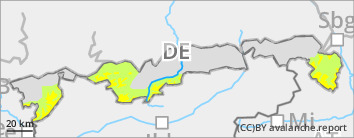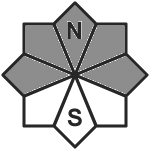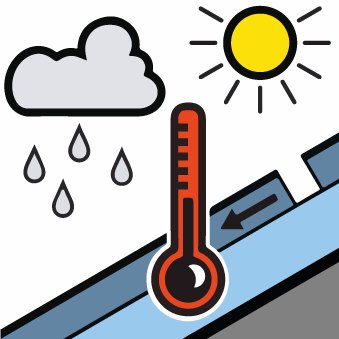
Danger level
 | 1600m |
|  |
|  |

Big sink-in depths are indicators of danger
Avalanche danger above 1600m is moderate, below that altitude danger ris low. Main problem: wet snow. Isolated wet loose-snow avalanches can be expected in extremely steep terrain which has not yet discharged. Broken cornices are on the increase. Wet glide-snow avalanches are possible over smooth groundm, on grass-covered slopes, in sparsely wooded zones and over smooth rock plates. At high altitudes there is still sufficient snow, esp. on shady slopes, for avalanches to grow to medium size.
Snowpack
Mild temperatures, lack of nocturnal outgoing longwave radiation is making the snowpack thoroughly wet. On south-facing slopes up to high altitudes, hardly any snow on the ground. On shady slopes, there is snow on the ground above 1400m.
Tendency
The snowpack is gradually receding, and with it, avalanche danger.



